Table of Contents
- Introduction
- Origin & History
- Appearance & Breed Standard
- Temperament & Personality
- Puppies: Socialization, Training & Health
- Daily Care
- Health & Prevention
- Training & Obedience
- Nutrition & Weight Management
- City Living & Activities
- Frequently Asked Questions
- Conclusion
French Bulldog
The French Bulldog – affectionately known as the “Frenchie” – is one of the most popular dog breeds for city living. They combine a friendly, people-oriented nature with a compact size, signature bat ears, and a playful personality. To keep a Frenchie healthy and happy, they need more than cuddle time: consistent positive training, tailored exercise, attentive care, and proactive health management. This guide covers everything from choosing a puppy to training, care, feeding, and common health considerations.

Origin & History
The French Bulldog originated in the 19th century from small English Bulldogs brought to France by artisans. In Paris, a lighter, more compact type with upright bat ears developed. Frenchies quickly became the fashionable companion of city society – adored by artists, merchants, and families alike for their charm and adaptability. Today, they are beloved worldwide, especially in urban areas where they are valued as calm, friendly companions.
Appearance & Breed Standard
Frenchies are small, muscular molosser-type dogs with a broad head, short muzzle, and their signature bat ears. Their coat is short, smooth, and low-maintenance. Common colors include brindle, fawn, cream, white, or pied. Average height ranges from 10–14 inches, with a weight of 17–31 lbs. Despite their stocky build, they are surprisingly agile over short distances.
Temperament & Personality
French Bulldogs are affectionate, playful, and highly people-oriented. They thrive on companionship and often follow their owners from room to room. Many Frenchies are naturally friendly toward children and visitors. However, they can be a bit stubborn, so a mix of humor and consistent boundaries works best. Indoors they are typically calm, while outside they are curious and lively.
Puppies: Socialization, Training & Health
Puppyhood is a key learning phase: From the moment they arrive home, Frenchie puppies should be gently introduced to everyday sights and sounds – meeting different people, hearing new noises, walking on varied surfaces, and taking short car rides. The goal is to build confidence without overwhelming them.
- Socialization: Short, positive encounters with friendly dogs; controlled exposure to stimuli (like traffic from a distance) encourages calmness.
- Potty training & routines: Consistent feeding and potty schedules, take outside right after sleeping or playing. Praise generously, clean accidents without fuss.
- Basic commands playfully: Sit, Down, Stay in short 2–3-minute sessions with treats or toys. Frequent, brief lessons work better than long ones.
- Joint protection: Avoid stairs and jumps; encourage moderate play on non-slip surfaces. Puppies tire quickly – rest is essential.
- Health checks & breeder choice: Choose breeders focused on breathing, spine, and skin health. Schedule early vet visits for vaccinations and parasite prevention.
Tip: Frenchie puppies may look sturdy but require a balanced mix of rest (up to 18–20 hours a day), short learning periods, and calm bonding time. Overstimulation can quickly lead to hyperactive “zoomies” and frustration.

Daily Care
- Coat & skin: Brush 1–2× a week; remove loose hair. Gently clean and dry skin folds to prevent irritation.
- Eyes & ears: Check regularly; see a vet if redness, scratching, or odor occurs.
- Nails & teeth: Trim nails monthly, brush teeth 2–3× a week or use approved dental chews.
- Heat sensitivity: Frenchies overheat easily. Walk in cooler morning/evening hours during summer and always bring water.
Health & Prevention
Because of their short muzzles, French Bulldogs can suffer from breathing problems (brachycephalic syndrome). Skin fold dermatitis, eye irritation, and occasional spinal/disc issues are also seen. Responsible breeding, healthy weight, and moderate activity significantly reduce risks.
- Weight management: Every extra pound stresses breathing and joints.
- Vet care & prevention: Keep up with check-ups, vaccines, and parasite control.
- Climate management: Avoid overheating; skip training on very hot days.
Note: If you notice heavy snoring, gagging, exercise intolerance, or bluish gums, have your dog’s airways checked by a vet immediately.
Training & Obedience
Frenchies enjoy learning when sessions are fun and reward-based. Use treats, toys, and praise – in moderation to avoid weight gain. Consistency in commands and body language is key.
- Basic commands: Sit (calm), Down (relax), Stay (safety), Come/Here (recall), Drop it, Heel (controlled walking).
- Structure & progress: 3–5-minute sessions, multiple times a day. Gradually increase distractions and vary locations.
- Impulse control: Wait at doors, sit calmly before feeding, reward eye contact – this builds patience.
- Mental stimulation: Scent games, basic tricks (like “through the legs”), and food puzzles.
Pro tip: End training with a small win so your Frenchie associates learning with positive experiences.
Nutrition & Weight Management
Choose a high-quality diet with clear protein sources and moderate fat. Frenchies gain weight easily, which strains breathing and joints. Adjust portions to match activity and training rewards, and count treats toward daily calories. Fresh water must always be available. For food sensitivities (itching, diarrhea), work with your vet to create an appropriate diet plan.
City Living & Activities
The French Bulldog is an ideal city dog: short, frequent walks instead of long runs, plenty of human interaction, and small mental games. Avoid stairs where possible – carry puppies or use elevators. In summer, choose shaded routes; in winter, protect sensitive paws if needed. In cafés or at the office, a well-exercised Frenchie is typically calm and well-behaved.
Practical gear like a well-fitting dog collar and comfortable dog leash ensures safety and comfort.
Frequently Asked Questions
How much exercise does a Frenchie need?
Several short walks daily, plus scent and puzzle games. Long-distance running is not recommended.
Are they good with kids?
Yes, generally very friendly. Supervision and clear rules are important, especially with puppies and small children.
Can they be left alone?
If you want to leave your dog alone comfortably, you must build this skill gradually: start with short absences, provide chew toys, and return calmly. Frenchies are people-oriented and need adjustment time.
Conclusion
The French Bulldog is a loving, humorous companion with a big heart. With positive training, proper care, attention to weight and breathing, and a balanced daily routine, your Frenchie will be a loyal friend – from playful puppyhood through to a calm, mature adult.

French Bulldog Quick Facts
| Origin | France, bred as a companion and lap dog |
| Temperament | Playful, affectionate, friendly, brave |
| Height | Males: 10–14 in, Females: 9–12 in |
| Weight | 17–31 lbs |
| Coat | Short, smooth, shiny; various colors (brindle, fawn, white, pied) |
| Grooming Needs | Low – occasional brushing |
| Exercise Needs | Moderate – daily walks and playtime |
| Good for First-Time Owners | Yes, if health needs are managed |
| Barking | Low to moderate |
| Lifespan | 10–12 years |
| Common Health Issues | Brachycephalic airway syndrome, skin issues, hip dysplasia |
| Price | Approx. $1,500–$2,500 |


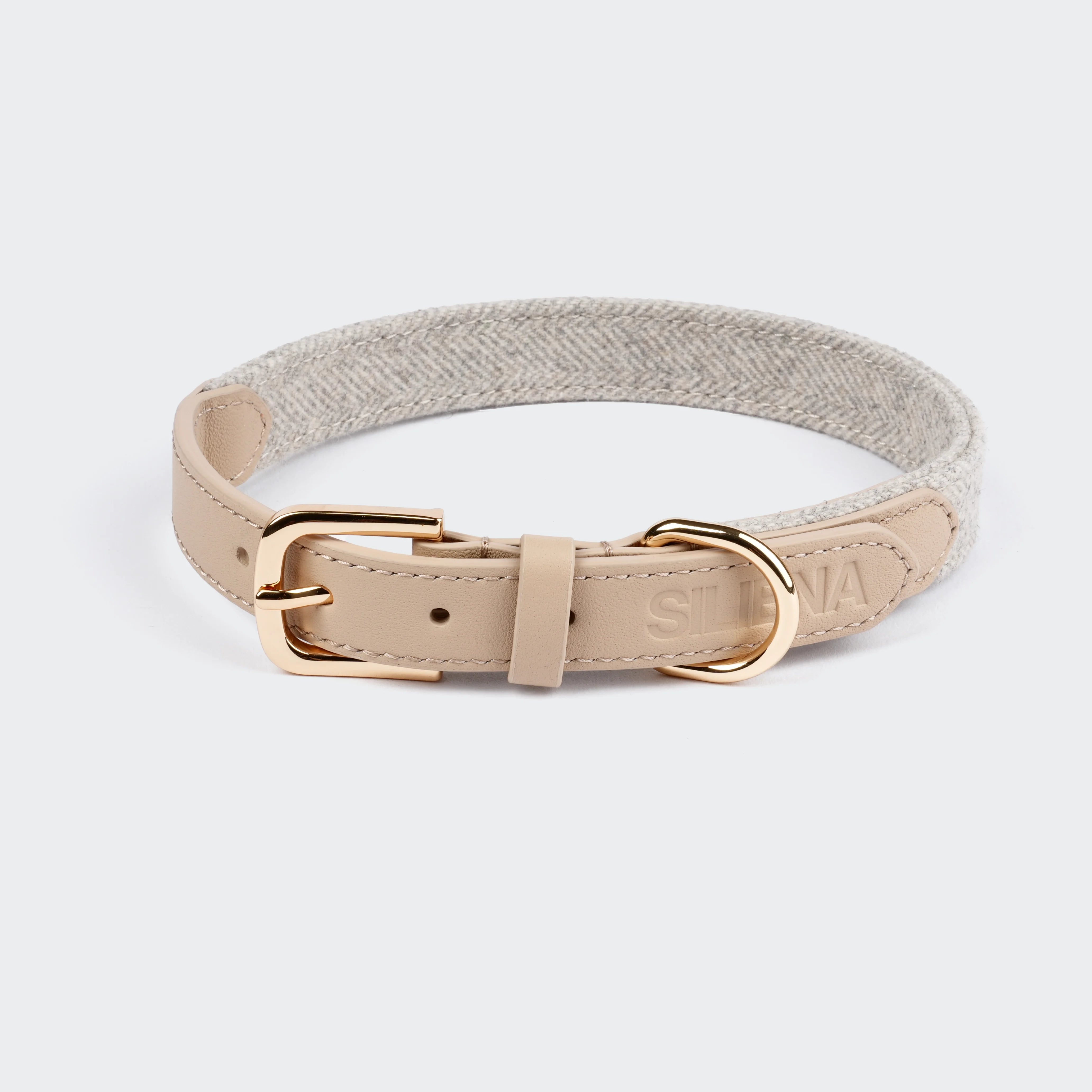
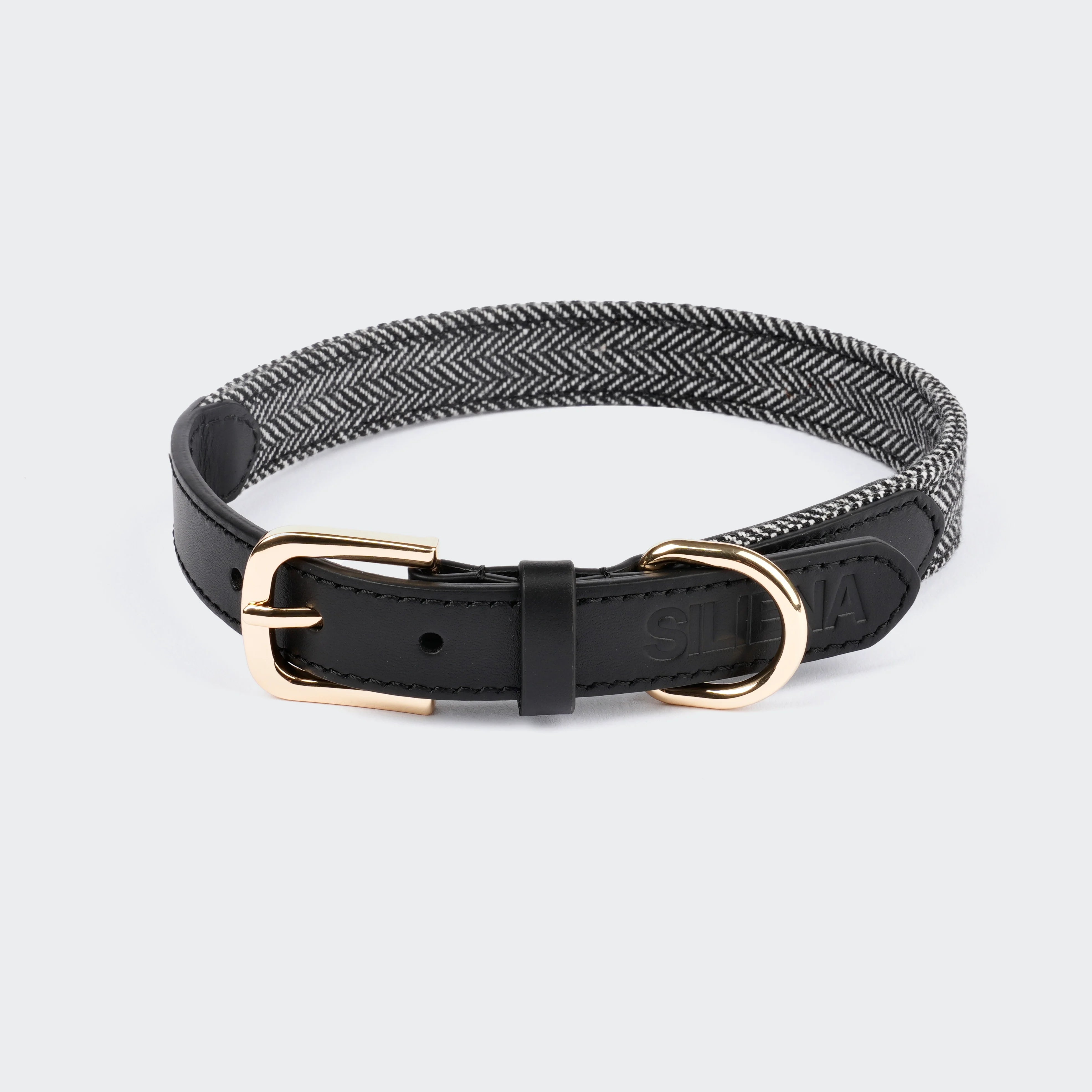
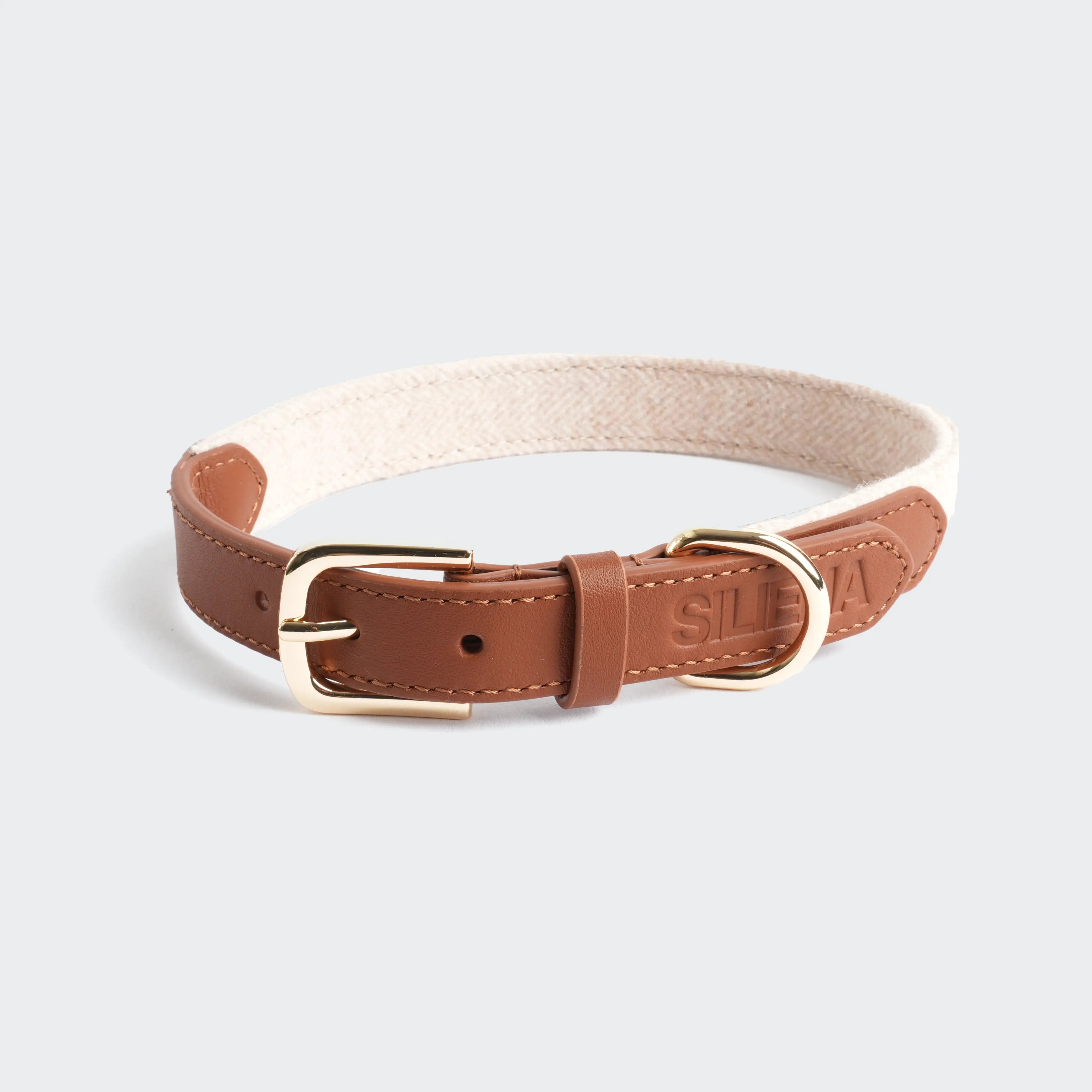
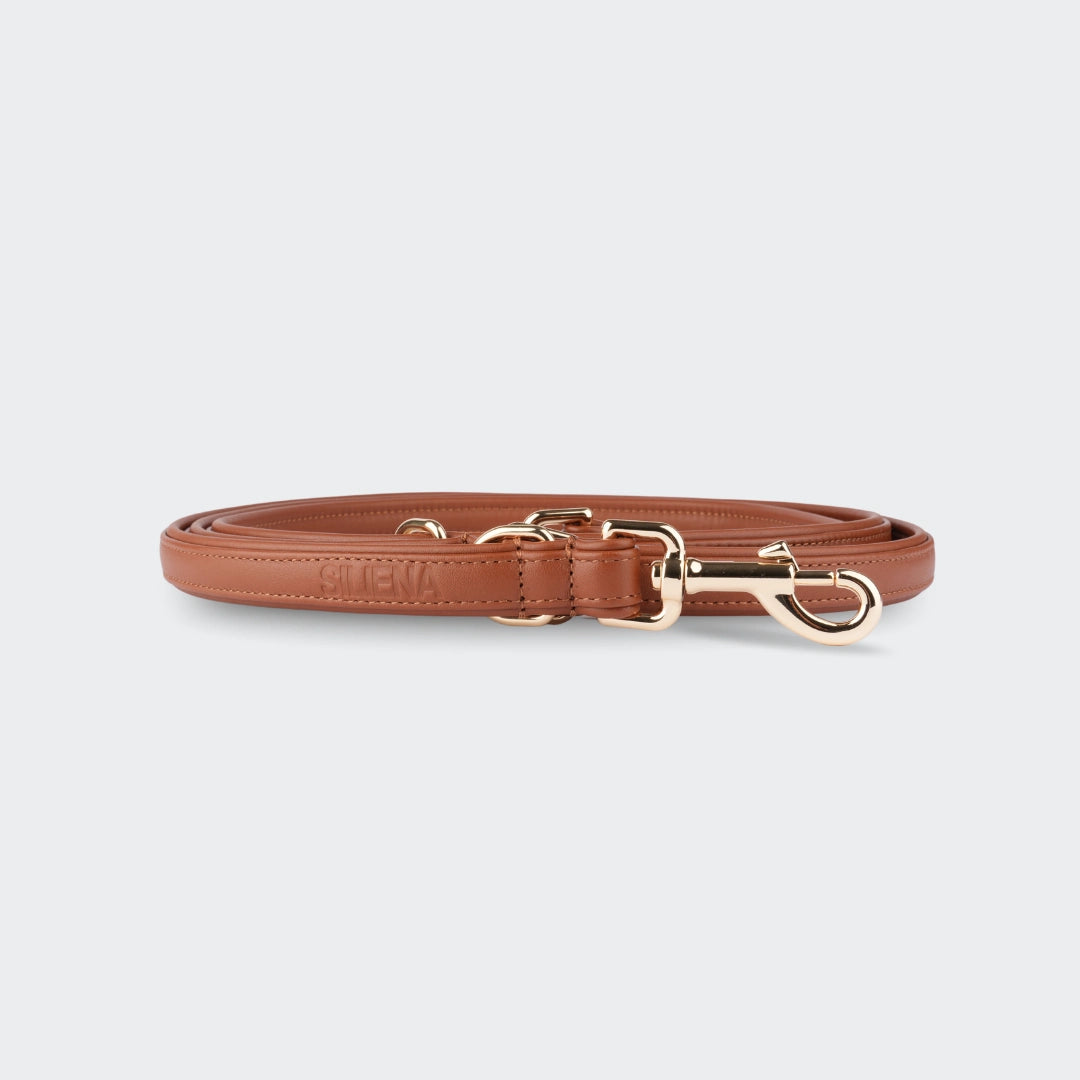
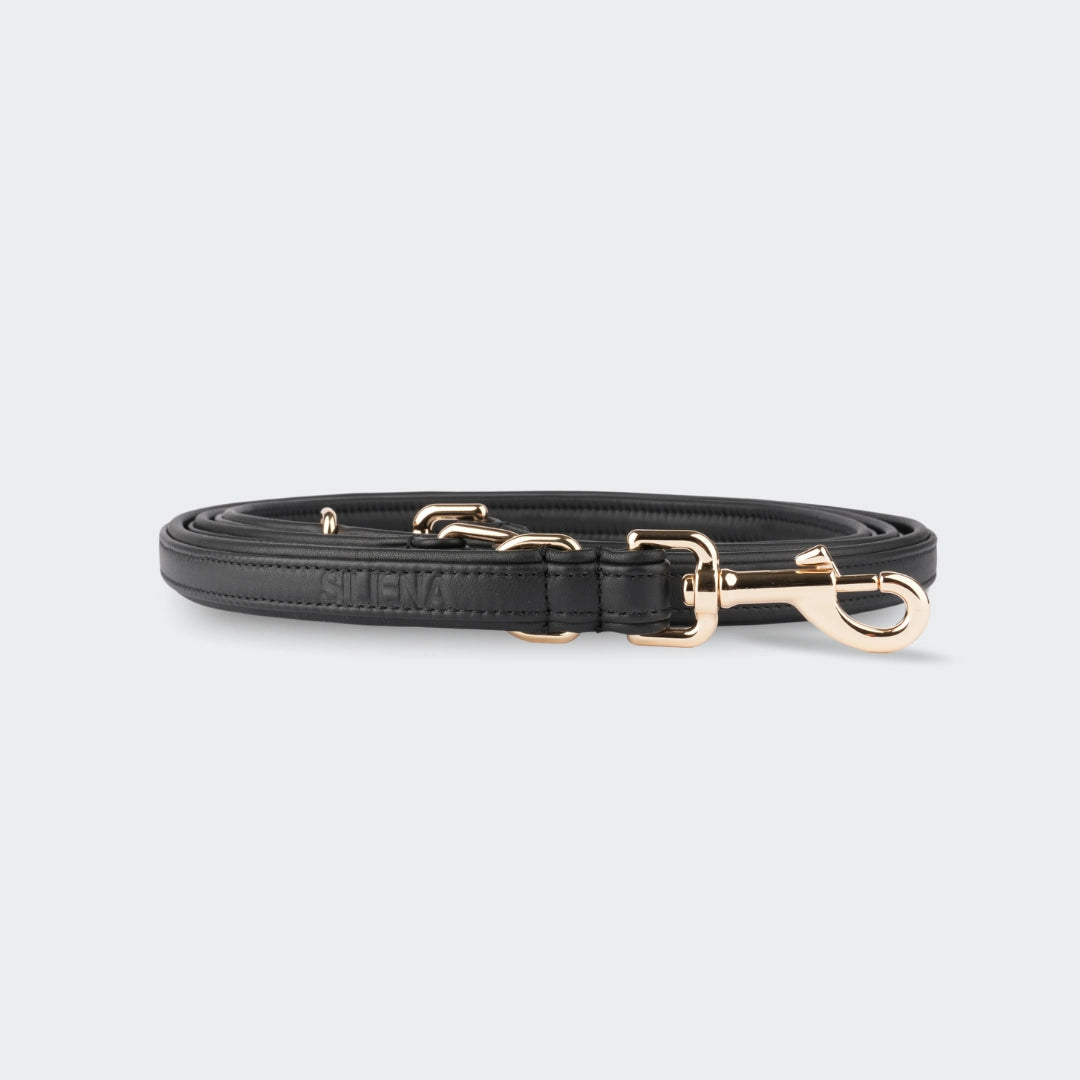
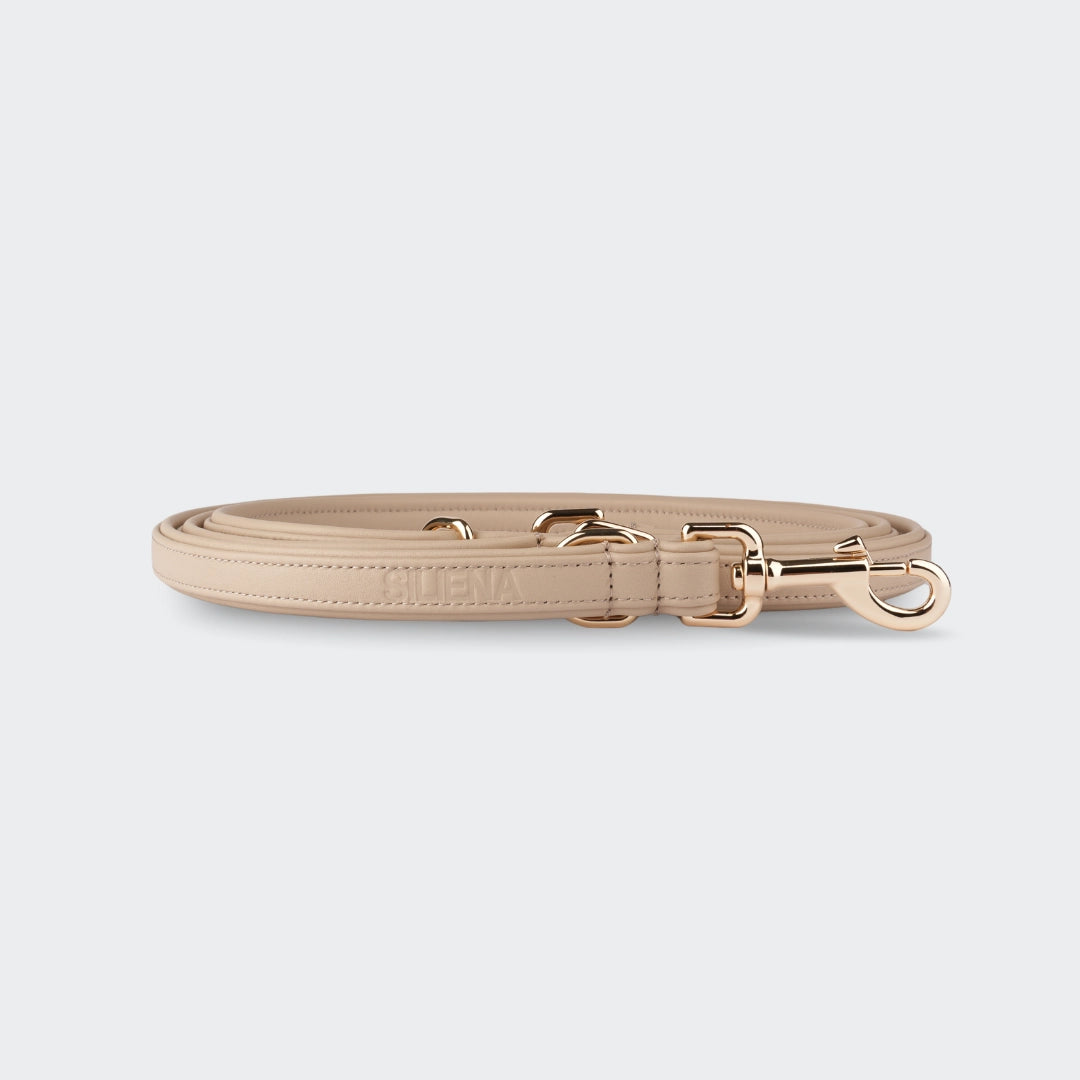
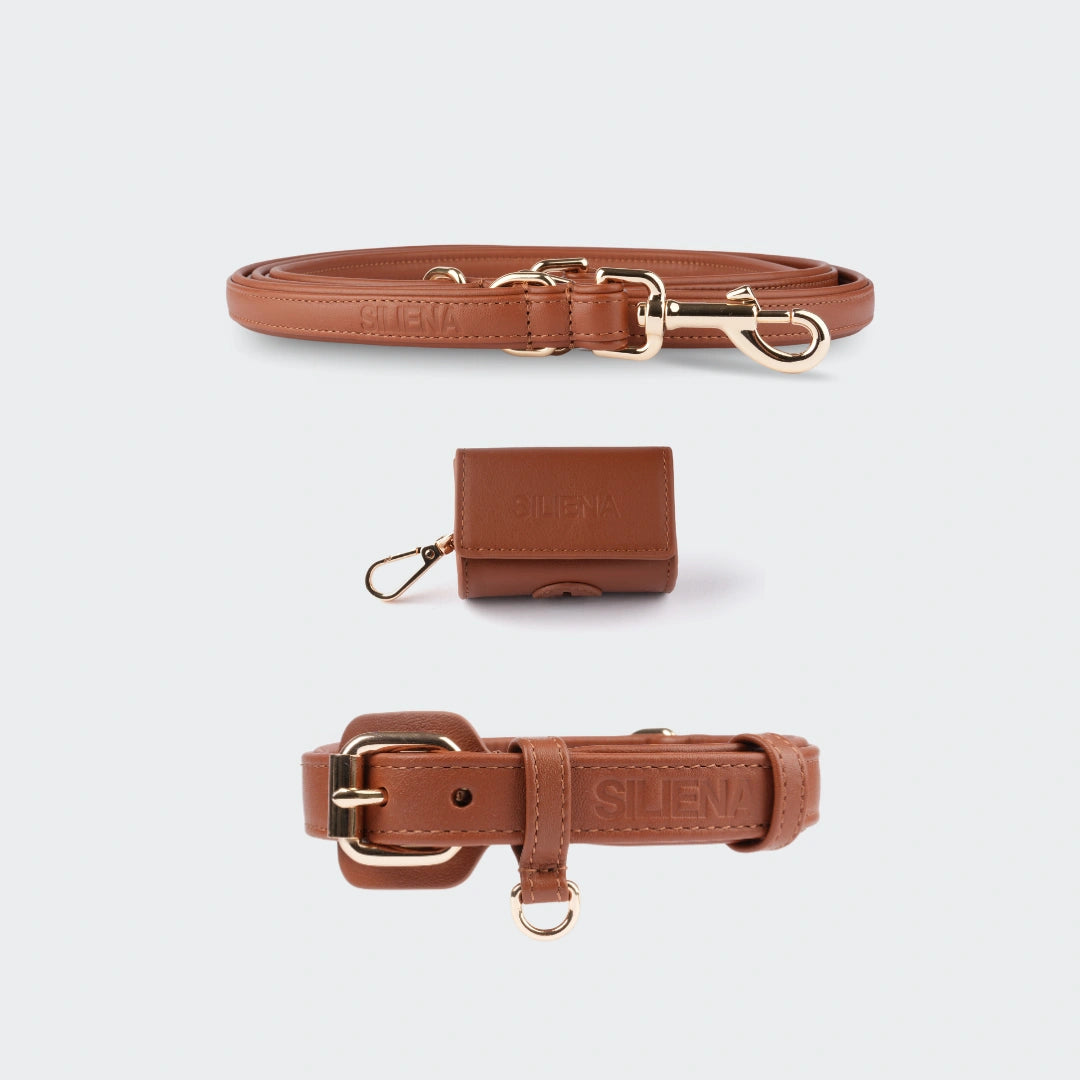
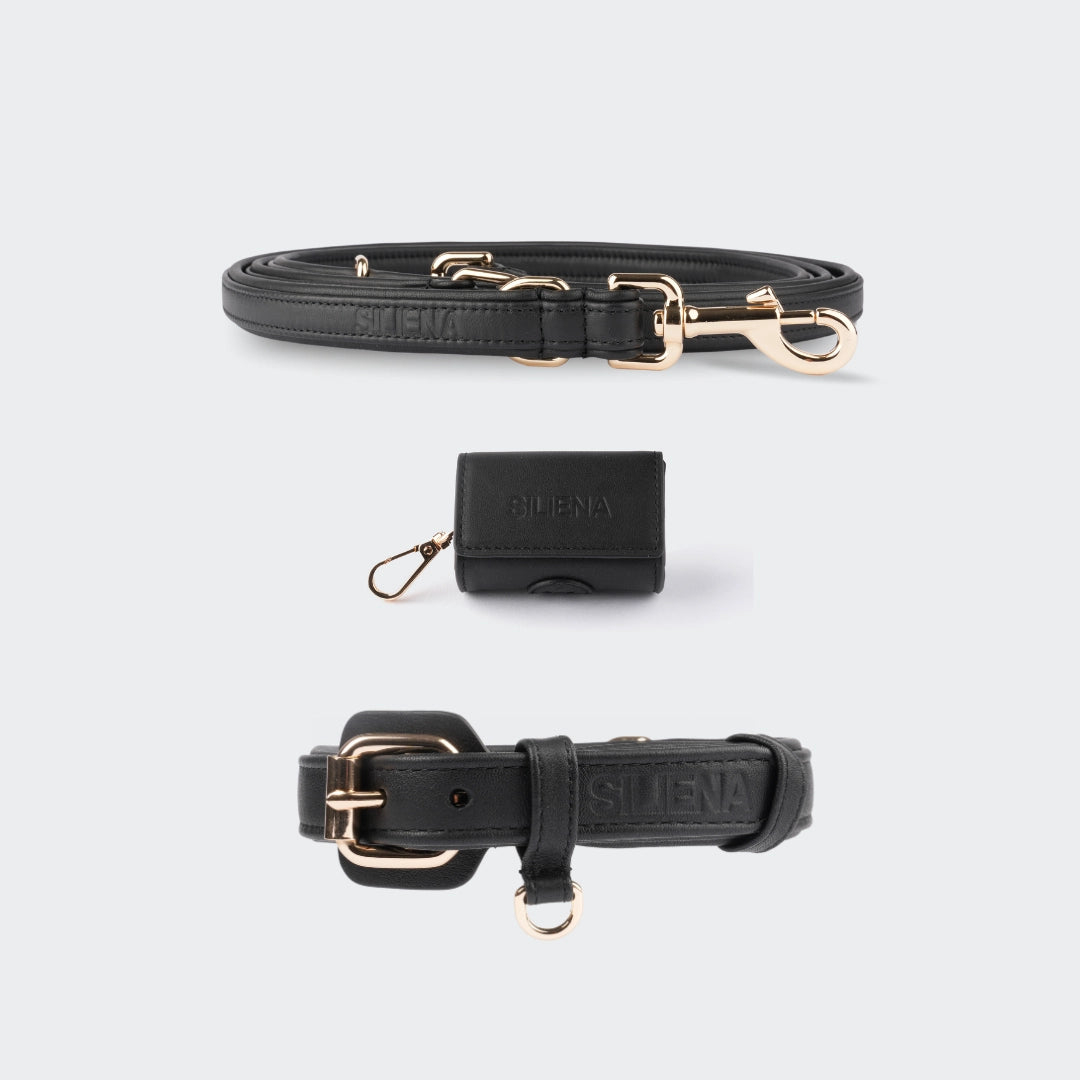
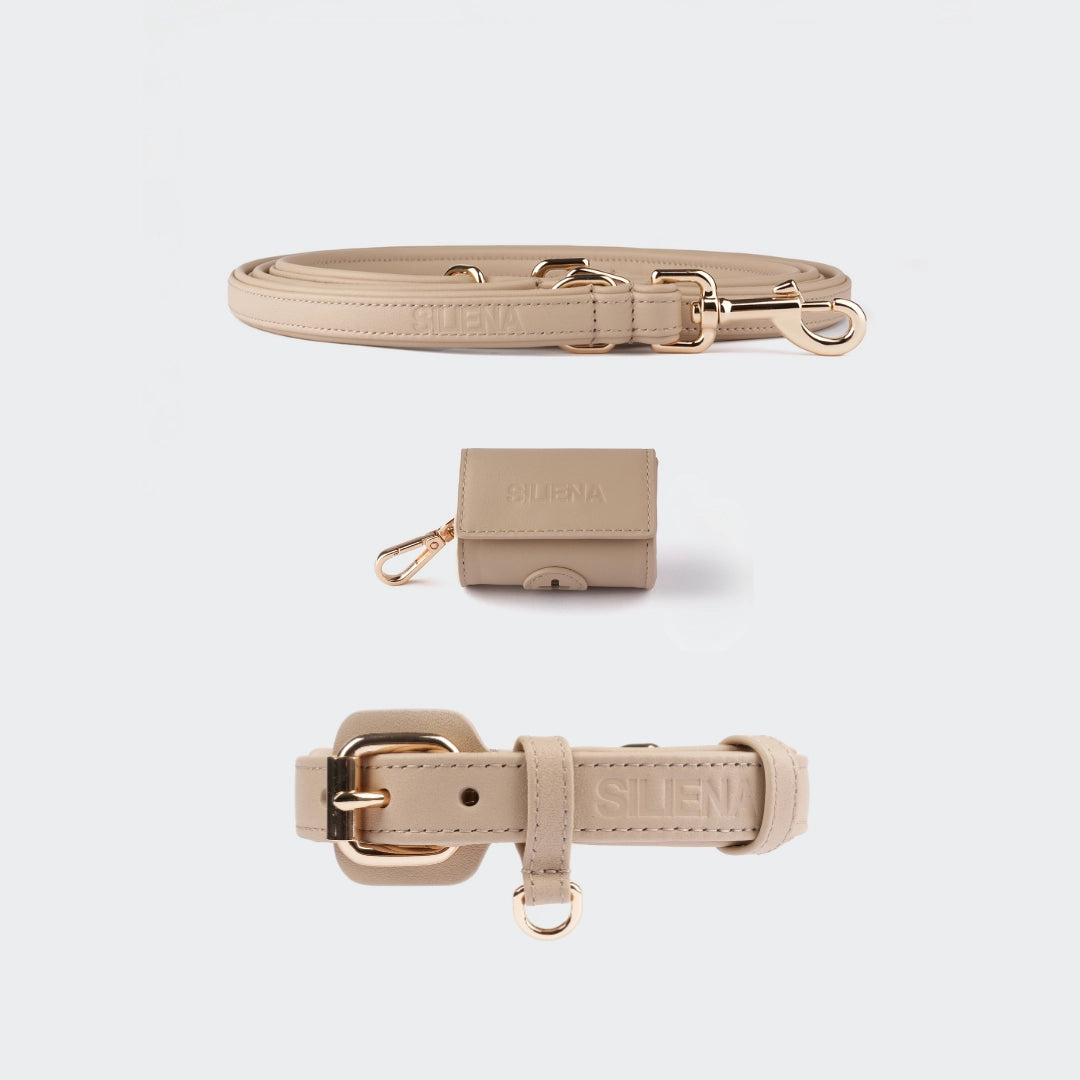
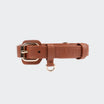
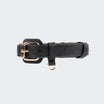

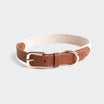
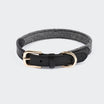
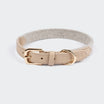


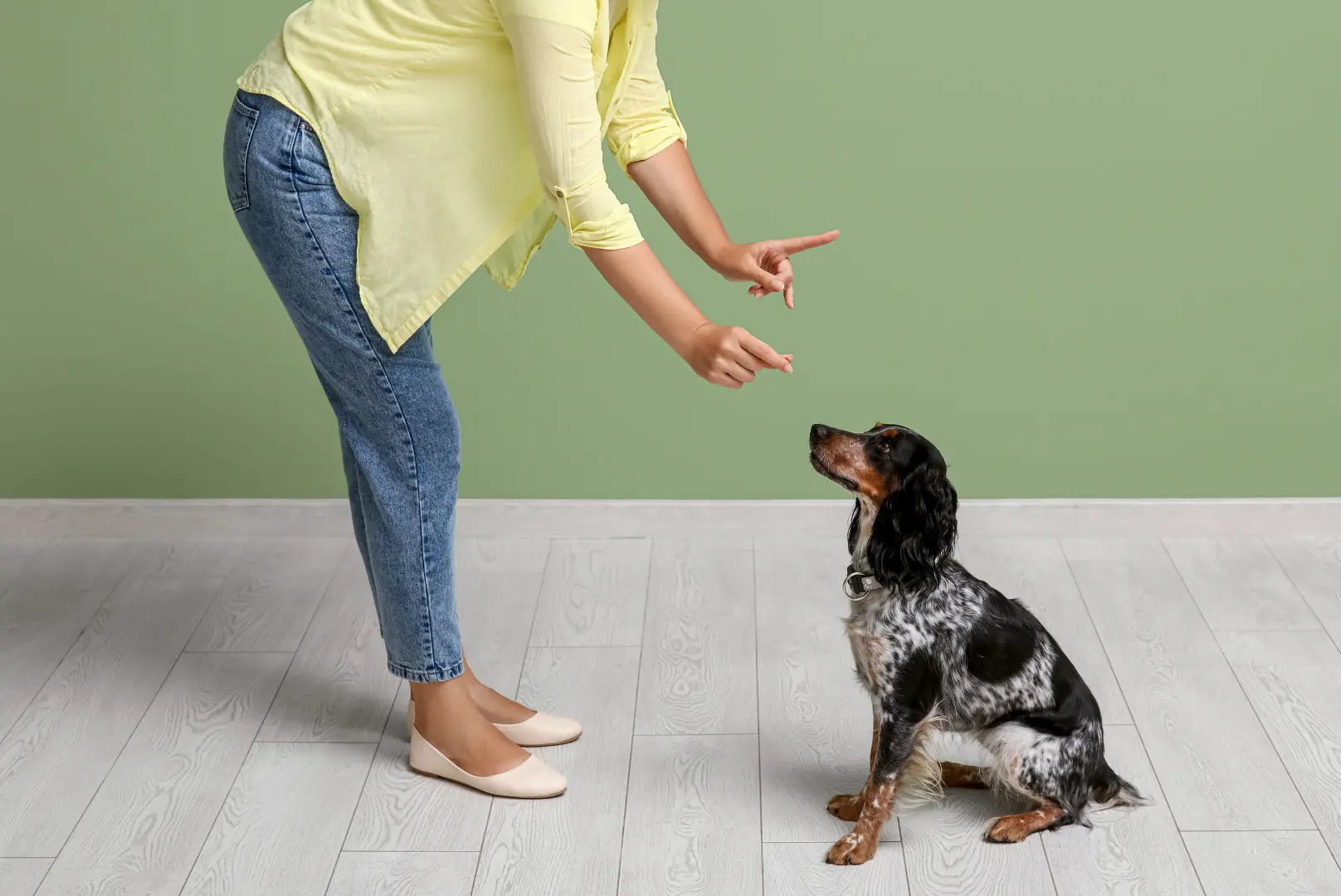



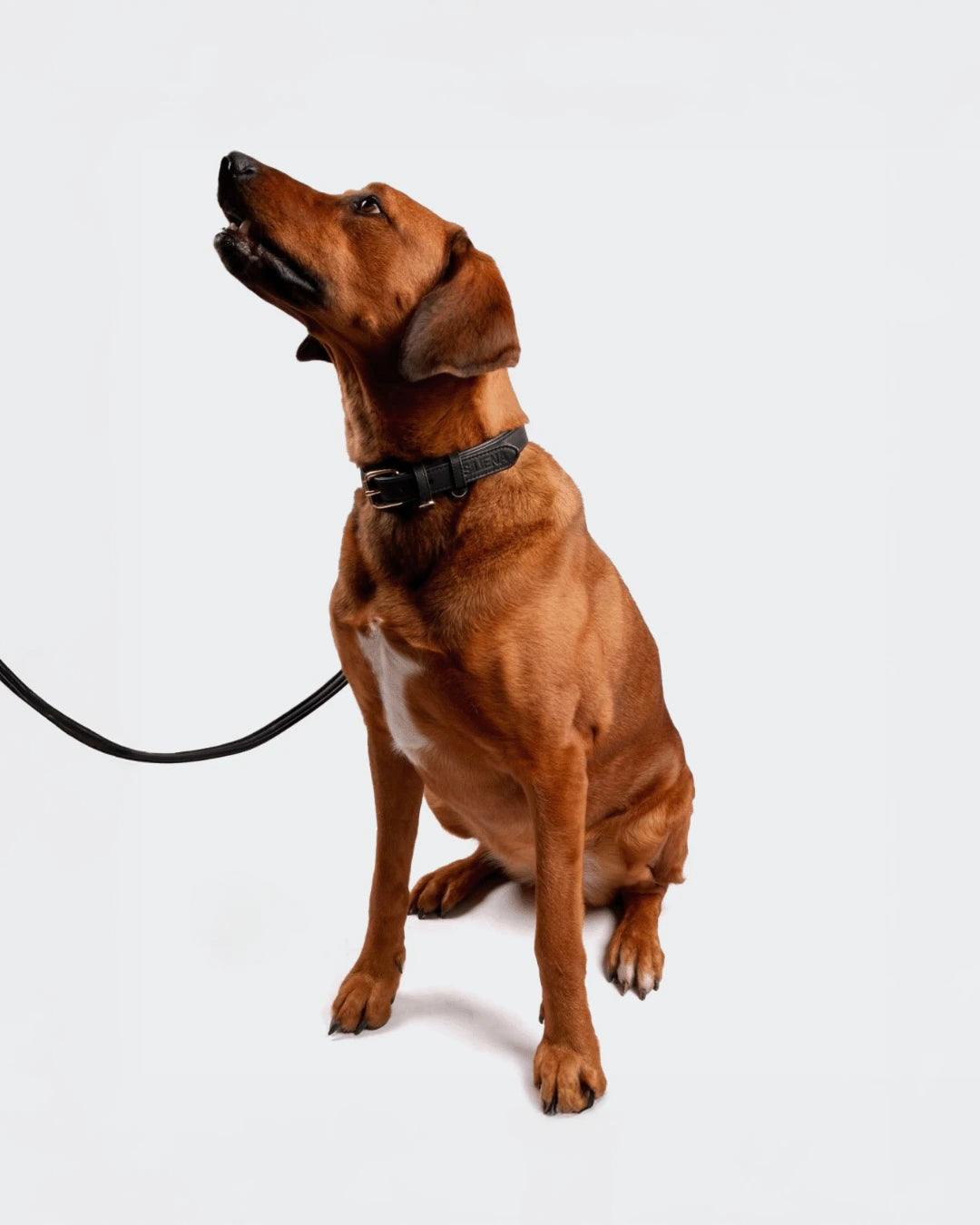
Leave a comment
This site is protected by hCaptcha and the hCaptcha Privacy Policy and Terms of Service apply.